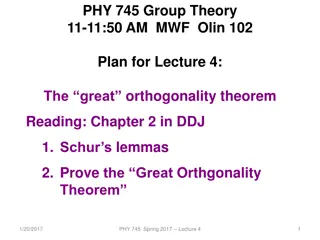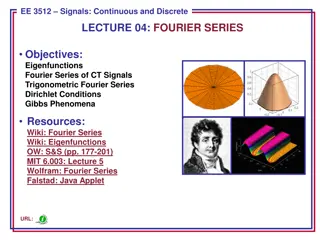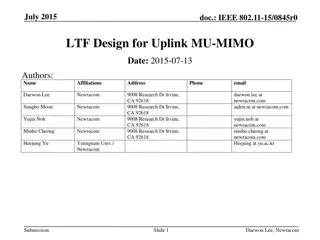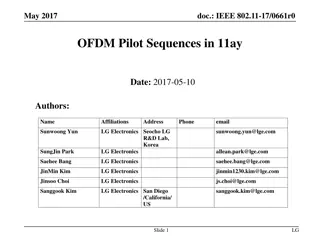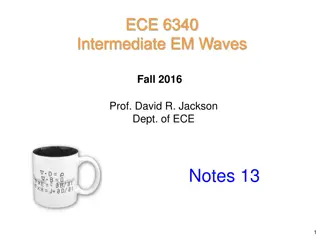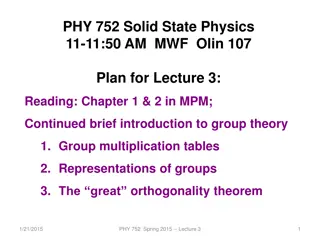
Understanding Orthogonality in Linear Algebra
Explore the concepts of norm, distance, dot product, and orthogonal vectors in linear algebra. Learn about the Pythagorean theorem, triangle inequality, and Cauchy-Schwarz inequality to deepen your understanding of vector operations and geometry.
Download Presentation

Please find below an Image/Link to download the presentation.
The content on the website is provided AS IS for your information and personal use only. It may not be sold, licensed, or shared on other websites without obtaining consent from the author. If you encounter any issues during the download, it is possible that the publisher has removed the file from their server.
You are allowed to download the files provided on this website for personal or commercial use, subject to the condition that they are used lawfully. All files are the property of their respective owners.
The content on the website is provided AS IS for your information and personal use only. It may not be sold, licensed, or shared on other websites without obtaining consent from the author.
E N D
Presentation Transcript
Orthogonality Hung-yi Lee
Outline Reference: Chapter 7.1
Norm & Distance Norm: Norm of vector v is the length of v Denoted ? 2+ ?2 2+ + ?? 2 ? = ?1 Distance: The distance between two vectors u and v is defined by ? ? 12+ 22+ 32 ? = = 14 1 2 3 2 1 5 3 ? = ? = ? ? = 12+ 52+ 32 3 0 ? ? = = 35
Dot Product & Orthogonal Dot product: dot product of u and v is ? ? = ?1?1+ ?2?2+ + ???? = ??? Orthogonal: u and v are orthogonal if ? ? = 0 Orthogonal is actually perpendicular Zero vector is orthogonal to every vector
More about Dot Product Let u and v be vectors, A be a matrix, and c be a scalar ? ? = ? ? ? = 0 if and only if ? = 0 ? ? = ? ? ? ? + ? = ? ? + ? ? ? + ? ? = ? ? + ? ? ?? ? = ? ? ? = ? ?? ?? = ? ? ?? ? = ???? = ????? = ? ??? 2 Connect norm and dot product Example
Pythagorean Theorem =0 if and only if u and v are orthogonal Proof: The diagonals of a parallelogram are orthogonal. The parallelogram is a rhombus. ? + ? ? ? = 0 Proof: u = v 2 ? 2 = ?
Triangle Inequality For any vectors u and v, Proof: 2= ? 2+ 2? ? + ? 2 ? + ? 2+ 2|? ?| + ? 2 ? 2+ 2 ? ? + ? 2 Cauchy-Schwarz Inequality ? 2 ? + ?






